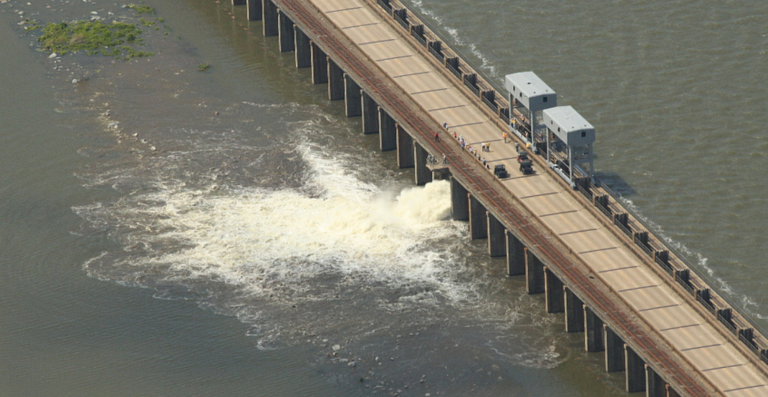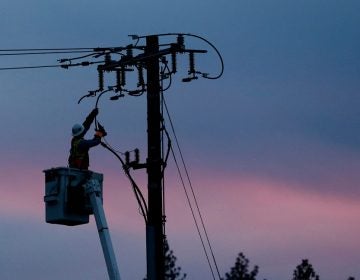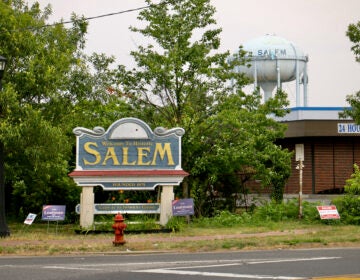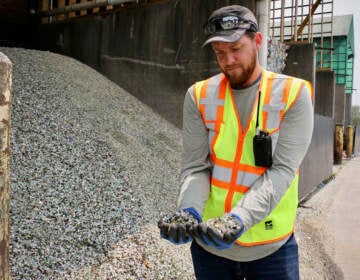Feds consider floodwalls, gates to protect N.J. back bay areas
Could there be some light at the end of the long tunnel for New Jersey's pervasive back bay flooding problem?

U.S. Army Corps of Engineers image.
Could there be some light at the end of the long tunnel for New Jersey’s pervasive back bay flooding problem?
At recent public meeting in Ventnor and Toms River, the U.S. Army Corps of Engineers pitched a variety of structural and natural flood mitigation ideas.
Along with the New Jersey Department of Environmental Protection, the Army Corps continues to analyze 950 square miles and nearly 3,400 miles of waterways in Atlantic, Burlington, Cape May, Monmouth and Ocean counties.
The objective of the state and federal cost-shared study, officials say, is to reduce storm flooding through a variety of potential methods.
Strategies include structural solutions — surge barriers, tide gates, levees, floodwalls and drainage improvements — and natural solutions — marsh restoration, beach and dune restoration, and the creation of living shorelines (areas planted with native marsh grasses and shellfish to provide natural flood buffers).
But officials say not just one solution alone will solve the problem and that no final decisions on methods have been made.
At the Toms River session, Peter Blum, the Army Corps Philadelphia District’s chief of planning, said it’s the first time the federal government has had the “authority and funding to stay the back bay areas,” adding that they have the oceanfront “literally” covered with beach replenishment.
“But some of the same areas protected by that are also vulnerable to the back bay flooding. It’s very important that we address this,” he said.
In a public comment, Richard Edelman of Mantoloking stressed the need for environmental protection and said he was speaking for the species within the Barnegat Bay “who won’t have a chance to come to the public hearings.”
The Army Corps expects to release a draft report on the feasibility study in 2019, followed by a final report in 2021, possible Congressional funding approval in 2022, and construction commencement in 2026.
WHYY is your source for fact-based, in-depth journalism and information. As a nonprofit organization, we rely on financial support from readers like you. Please give today.




